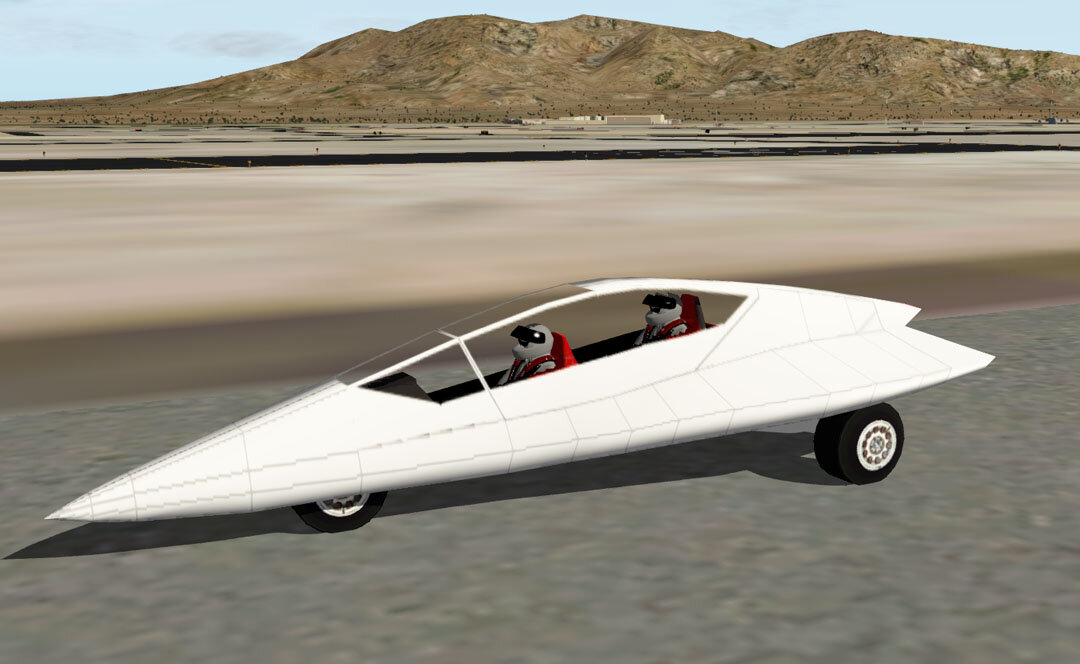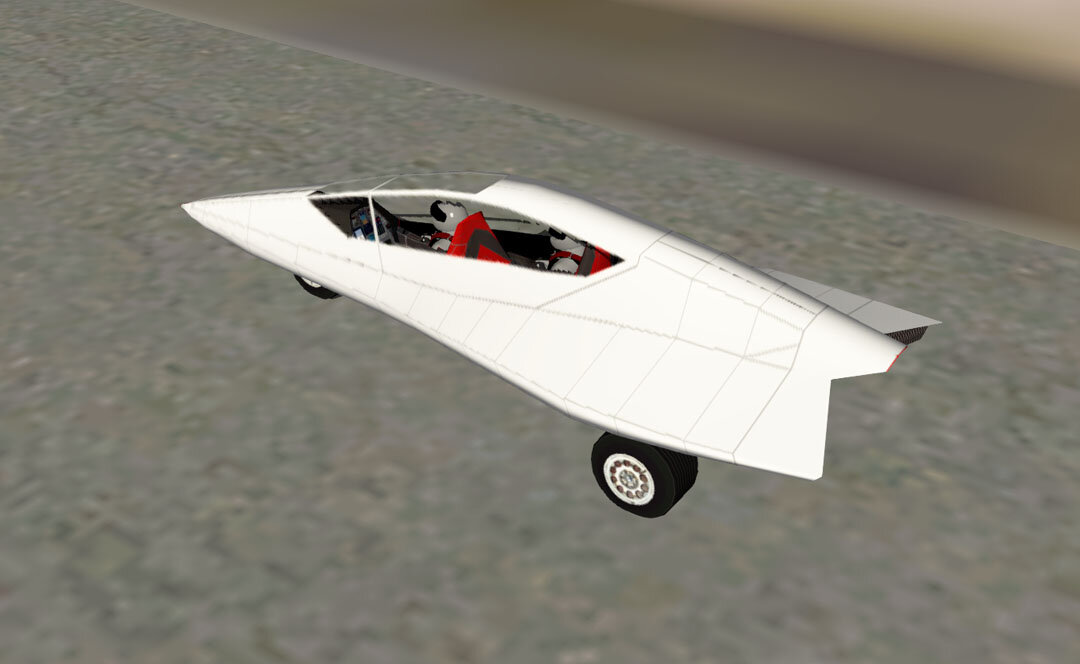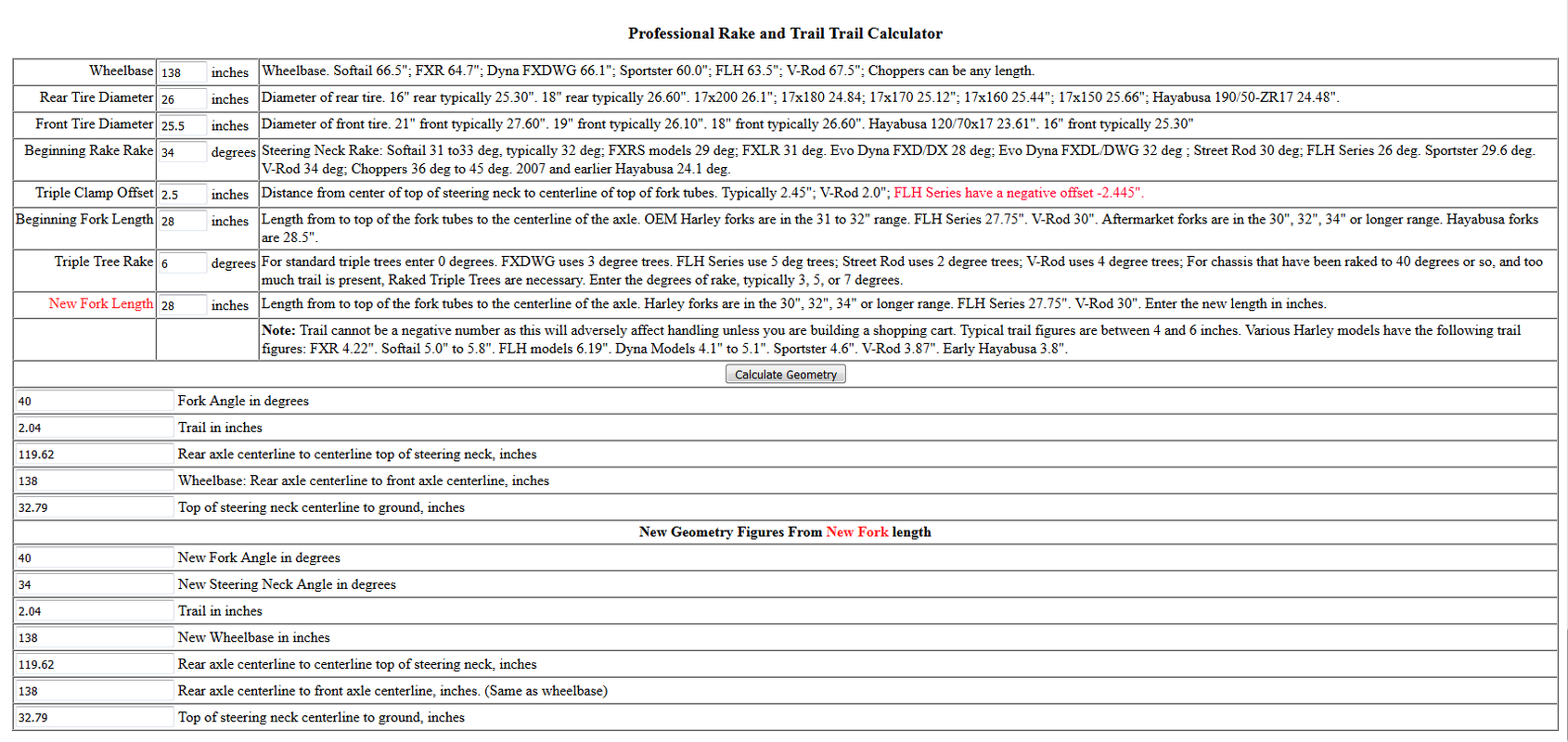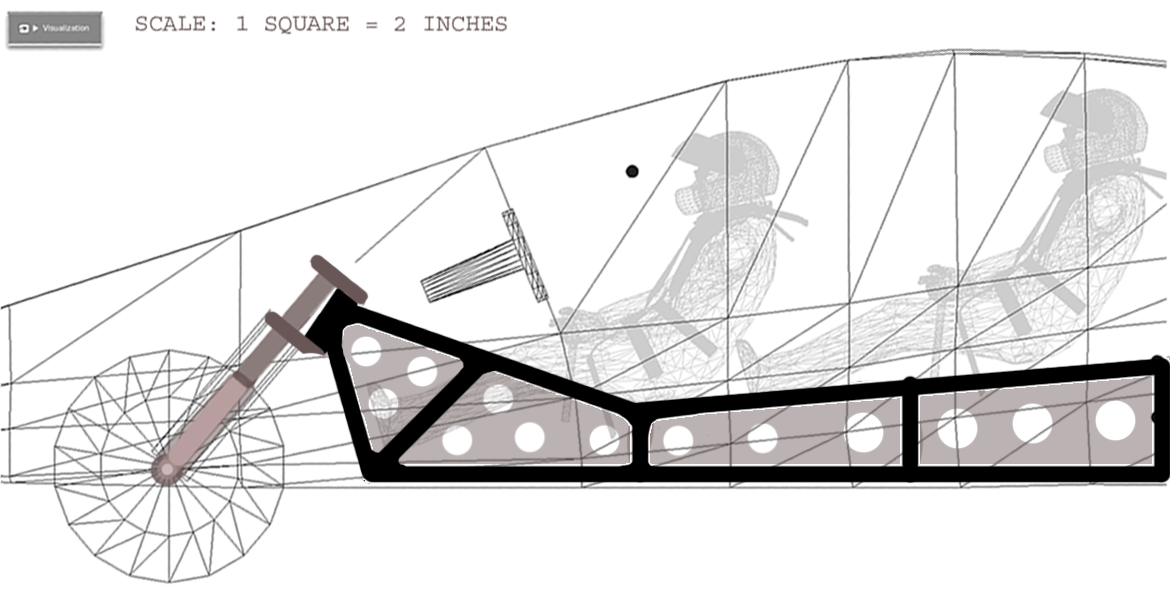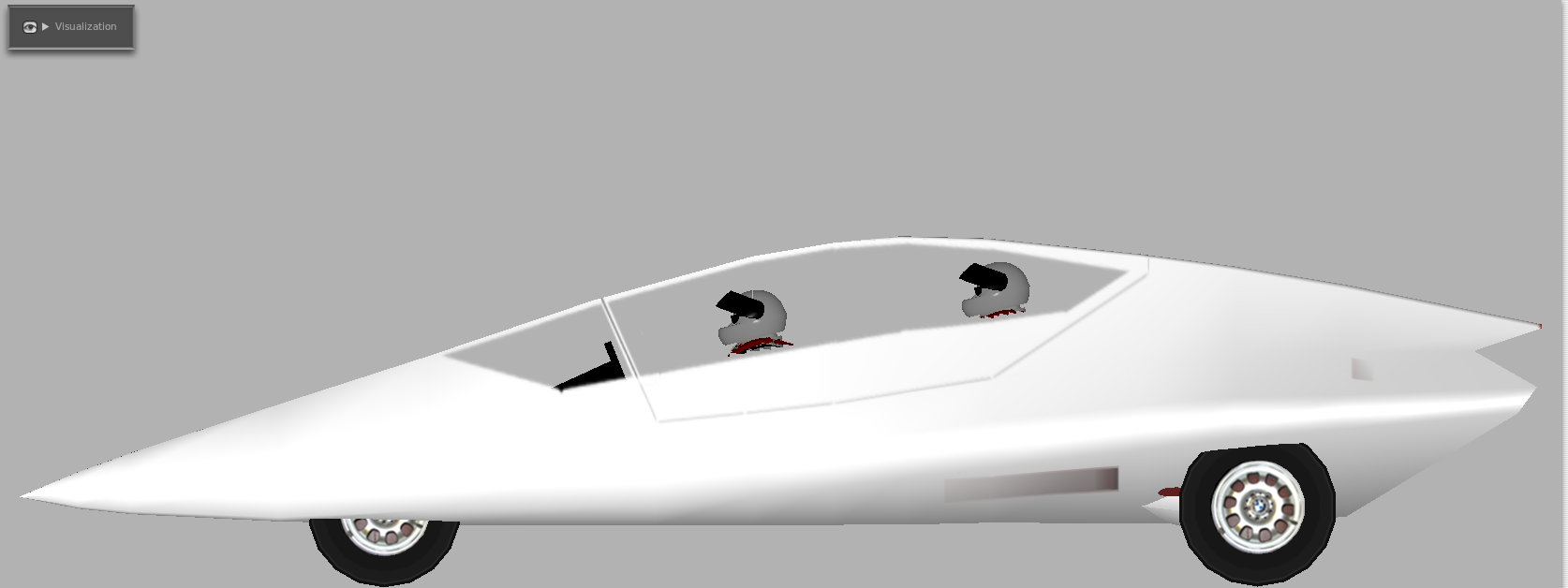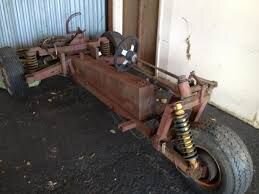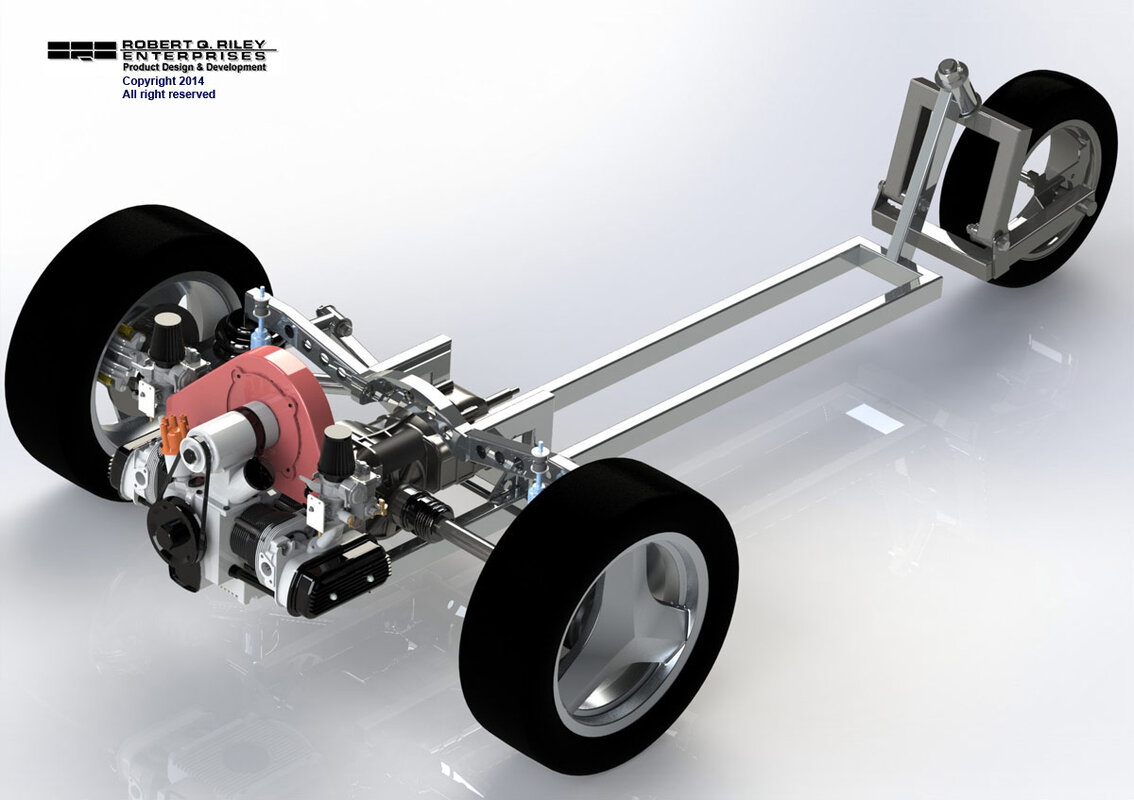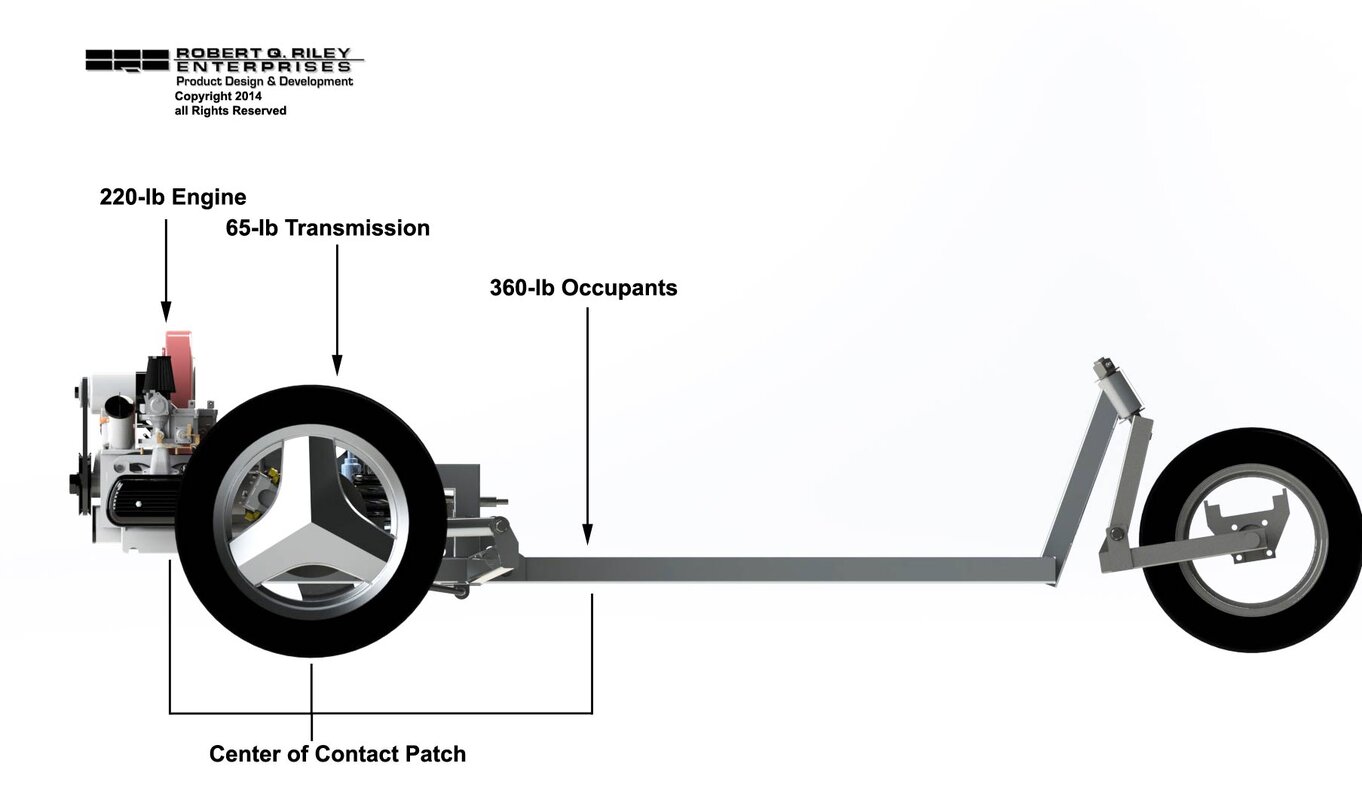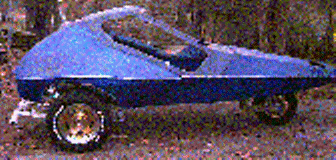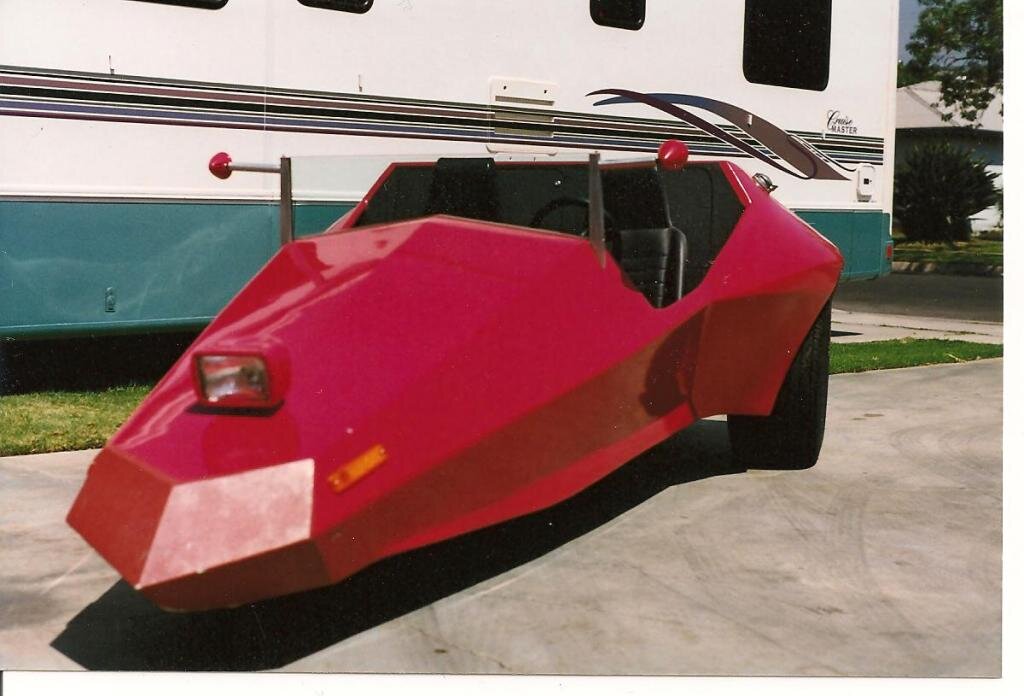Greetings to all. Working on a new trike design and have a few (HUNDRED) details to work out.
Design layout more or less set so far:
Tandem seating, rear drive.
3.8L GM FWD Automatic drivetrain (220HP) putting the track in the 60 inch hub to hub range.
Wheelbase in the 132 inch range due to the seating. 24-26 inch rolling diameter tires.
Center of gravity somewhere near passenger rear seat bottom.
So now the questions:
1. Is there an issue with overturn angle with these specs?
2. Having almost unlimited choice of Rake, Trail, and fork length at this phase, how to determine the best geometry for these?
3. What kind of steering stop angles are needed lock to lock to be able to have decent turning radius?
That will keep me busy for a while! Thanks.
Design layout more or less set so far:
Tandem seating, rear drive.
3.8L GM FWD Automatic drivetrain (220HP) putting the track in the 60 inch hub to hub range.
Wheelbase in the 132 inch range due to the seating. 24-26 inch rolling diameter tires.
Center of gravity somewhere near passenger rear seat bottom.
So now the questions:
1. Is there an issue with overturn angle with these specs?
2. Having almost unlimited choice of Rake, Trail, and fork length at this phase, how to determine the best geometry for these?
3. What kind of steering stop angles are needed lock to lock to be able to have decent turning radius?
That will keep me busy for a while! Thanks.

